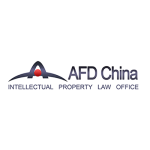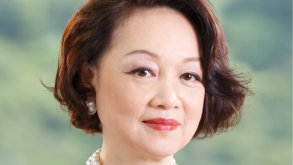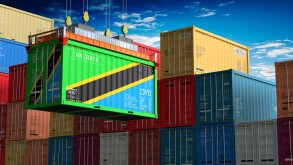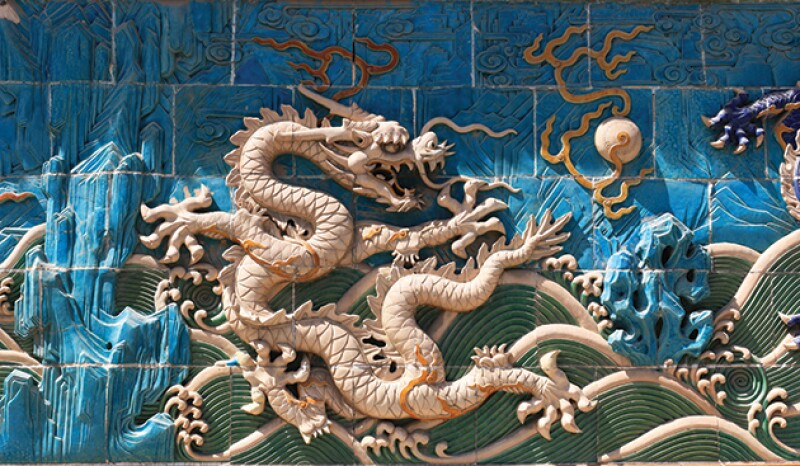
Given that patents have long been considered as the crucial index for evaluating innovation, for a decade China has put a strategic emphasis on fostering patent initiatives and exploring patented technologies. To achieve these goals, the country has set up a variety of incentives to encourage residents, especially R&D companies and institutes, to create and utilise more core patents.
It is worthwhile looking at the typical preferential policies at the national level and in China's two most advanced areas – Shanghai and Beijing. The cities are chosen because they are the top two where high-performing companies have invested in R&D, together taking up over 50% of the votes in a survey of destination cities in emerging economies, according to a McKinsey global survey on R&D strategies.
Subsidies for patent filing
Among all the government-backed supporting measures, the most straightforward one is to increase patent counts by providing direct subsidies for patent filing, prosecution and maintenance.
For domestic filings
To act in line with the National Intellectual Property Strategy, all provincial governments have set up reimbursement plans for domestic patent filings in order to subsidise locally registered entities.
The Shanghai Patent Subsidy Measures (2012 Amendment) provides:
For an invention patent: a subsidy of 80% of paid official application fees after the application has been accepted; and 100% of paid official substantive examination fees and issuing fees, 80% of the second and third annuities, and no more than Rmb2,000 (US$307) for service fees charged by a patent agency after the patent has been granted .
For utility model patents: 50% of paid official application fees and issuing fees after the patent has been granted.
For design patents: 60% of paid official application fees and issuing fees after the patent has been granted.
For Hong Kong/Macau/Taiwan patents, no more than Rmb5,000 (US$767) per patent.
In parallel, Beijing provides a reimbursement package with an annual maximum of Rmb2,000,000 (US$307,000) to an entity that is a patent applicant or patentee. The package contains:
Rmb1,500 (US$230) for the filing and prosecution of an invention patent, Rmb150 for that of a utility model or design patent, after the patent has been granted;
Rmb1,000 (US$153) for the service fees for an invention patent charged by a local patent agency, after the patent has been granted;
No more than Rmb500 (US$77) for the seventh and eighth annuities for an outstanding invention patent, the first three annuities for a SME's invention patent according to the actual expense after the fee reduction under other preferential policies.
The above standard also can be applied to subsidies for patents registered or granted in Hong Kong, Macau and Taiwan.
Beijing's subsidy has a clear preference towards patents in the technical fields of the city's emerging or important scientific and technological industries and patents formulated based on the collaboration between enterprises and universities and research institutes.
Beyond local reimbursement, the State Intellectual Property of China (SIPO) offers a reduction or postponement of some official fees in cases where the patent applicant or owner has financial difficulties. With the certification of financial difficulties issued by the local patent administrative department or science and technology commission of a city, district or higher level, an entity may apply to reduce or postpone the payment of 70% of the application fees, substantive examining fees for invention patents and annuities as well as 60% of the reexamination fees. If two or more entities are coapplicants, the coapplicants are not eligible for this subsidy. But an entity may still be eligible for this subsidy where it applies for a patent jointly with individuals.
For overseas filings
To realise the vision of going global set out in the National IP Strategy, the central treasury set up a special fund in 2009 and upgraded it in 2012 to specifically subsidise patents filed by Chinese entities abroad.
Eligible applicants for this fund are SMEs, public institutions and research institutions. The qualification of SMEs refers to the corresponding national classification standard last issued in 2011. In addition, according to the Patent Management Department of SIPO, there is no restriction to exclude joint-venture or foreign sole-proprietorship SMEs registered in China from applying for this subsidy.
The subsidy favours patents for inventions filed with the assistance of a Chinese patent agency. The patent should be in technical fields which are in line with China's high-tech industries or emerging industries of strategic importance, for example, energy saving and environmental protection, new materials, pharmaceuticals and medical devices, aviation and aerospace, information technology, telecommunications or advanced equipment manufacturing.
The subsidy has a limit of patents applications that can be filed based on one invention before five different national or regional patent offices and the amount is capped at Rmb100,000 (US$15,350) per office, which will cover payments for the official fees incurred during filing and prosecuting the applications and within three years of granting the patent, the search fees charged by the patent search authorities, and the patent agency's service fees. The subsidy will be granted in two steps respectively upon the publication of the foreign patent application on the condition that the application possesses novelty, inventiveness and utility and the grant of the foreign patent on the condition that the patent has a stable legal status.
Generally, local governments are responsible for the selection of the patents to be subsidised and the arrangement of the monetary subsidies.
For example, Shanghai subsidises Rmb30,000 (US$4,600) for each invention patent before a foreign patent office, and Rmb3,000 (US$460) for each design patent. The yearly maximum one applicant can receive is capped at Rmb1,000,000 (US$153,000).
In Beijing, one applicant can receive a maximum of Rmb1,000,000 in a year, including Rmb20,000 (US$3,068) for each granted invention patent before USPTO, JPO or EPO and Rmb10,000 (US$1,534) for a granted invention patent before other patent offices.
Tax breaks and financial support
Another powerful measure to stimulate innovation in China is the preferential policies given to companies that have achieved the status of being a High and New Technology Enterprise (HNTE). The title will be valid for three years once it has been approved and can be renewed every three years. A qualified HNTE could enjoy a 15% cooperate income tax rate (versus the regular rate of 25%) and may receive further support such as subsidies for the cost of R&D or investment, competitive commercial bank loans, and other fee deductions.
To qualify for HNTE status, an enterprise must be registered as tax-resident in Mainland China. It also needs to have independent intellectual property covering the core technology used in their products and services in China. The amount of intellectual property which the entity has held for no less than three years accounts for a big proportion of the HNTE assessment. Generally, if the entity owns no less than one invention patent or six utility model patents as a result of its own R&D, acquisition, or assignment in the past three years or the exclusive licensing rights for the core technology for at least five years, it is likely to score highly in the assessment.
|
|
"Another powerful measure to stimulate innovation in China is the preferential policies given to companies that have achieved the status of being a High and New Technology Enterprise" |
|
|
Other requirements for HNTE qualification include business fields (the enterprise should be in the sectors that are listed in the High and New Tech Fields under the Key Support of the State), personnel composition (at least 30% college graduates and 10% R&D personnel), revenue source and distribution (3% to 6% of the total revenue should be invested into R&D, 60% of R&D spending should be used within China, and 60% of the revenue should come from high- and new-technology products and services).
In addition to the HNTE qualification, similar programmes have been established at national-, provincial- or city-level. Among these, the title of "patent model enterprise" or "pilot enterprise in patent operation" usually come with additional monetary rewards from local governments.
For example, Shanghai subsidises Rmb600,000 (US$92,000) to a patent model enterprise and Rmb400,000 (US$61,380) to a patent pilot enterprise within the qualification term of such a title (generally two years). The money should be used for activities such as the standardisation of the enterprise's patent management, the formulation and implementation of the enterprise's patent strategy, setting up a patent database and alert system, patent deposits, pledging, assignment or licensing, talent fostering, patent enforcement and defence.
Beijing as an exception hasn't set up a special fund for such title programmes but has formulated a few preferential policies which allow qualified enterprises to receive other special subsidies, funds and reimbursements as a high priority.
In addition to qualifying for title programmes, R&D companies may also consider the option of moving into an IP development zone to enjoy extra financial support for their IP-related activities.
Take Beijing's Zhongguancun area (being widely regarded as China's Silicon Valley) for example. Resident companies in this national-level IP system model zone can receive Rmb50,000 (US$7,670) to Rmb150,000 (US$23,000) for their IP promoting activities, such as equipment and material purchase, expense for data collection, travel and conference expenses, labour fees, counselling fees. The Zhongguancun model zone also provides loans with a 50% discounted interest and a yearly total of no more than Rmb200,000 (US$30,690) to an enterprise for its activities relating to IP pledging.
Special funds for IP use
While China has gradually become the biggest patent filer in the world, patent utilisation has now started to receive more emphasis in government documents.
In addition to the existing patent exploration fund which grants one enterprise a maximum of Rmb300,000 (US$46,000) to utilise an invention patent or Rmb200,000 (US$30,690) to utilise a utility model patent, Beijing has another fund to subsidise patent commercialisation with big value transactions (where the monetary value should be no less than Rmb5,000,000 (US$767,000)). The activity of either an assignment or a licence during the commercialisation process is eligible for a subsidy of 5% of the excess of the monetary value of the transaction over Rmb5,000,000 and one enterprise can receive a total amount of up to Rmb500,000 (US$77,000). Where both the assignor and the assignee (or the licensor and the licensee) are locally registered, the subsidy will double and go up to Rmb1,000,000 (US$153,000).
At the end of 2015, the largest domestic IP operations fund – the Beijing Key Industry IP Operations Fund – was set up with Rmb1,000,000,000 (US$153 million) for a duration of 10 years. So far the first Rmb400,000,000 (US$61 million) has already been put in place, focusing on mobile internet and bio-pharmaceutical industries, mainly start-ups or growing enterprises which have core patents and patent portfolios of high value, good market prospects and high growth, or IP-related institutions that specialise in the right industries.
Cash bonus for patent awards
The winners of the China Patent Awards (organised jointly by the SIPO and the WIPO every year), or similar awards (organised by local IP bureaus or the science and technology commission) may receive a cash bonus of between Rmb50,000 (US$7,670) and Rmb1,000,000 (US$153,000), depending on the specific award they win, from local government.
R&D companies, especially SMEs and those who conduct business in IP intensive or priority industries, should consider deploying suitable IP strategies focusing on the notion of holding self-developed technologies and reinforcing core competitiveness.
R&D Companies are strongly advised to work with local experts for the whole process. For example, to establish in-depth cooperation with IP attorneys on portfolio design and maintenance, quality patent drafting and IP prosecution, strong IP enforcement and protection schemes, IP monitoring and preparation for effective defence; business experts may be brought in to help with IP operation and commercialisation as well as to help with tax policy and compliance with local regulations on business operation, and so on.
A foreign company who carries out R&D in China should also pay attention to other binding rules, such as the need to apply for secrecy review when directly filing patent applications for inventions developed in China before a foreign Patent Office; it should pay reward and remuneration to employee inventors for service inventions developed in China; it should act in conformity with the requirements for exporting technology when concluding an assignment or licence with its parent company overseas or another foreign entity; it may also operate favourably under the government policies towards foreign investment.
Xia Zheng |
||
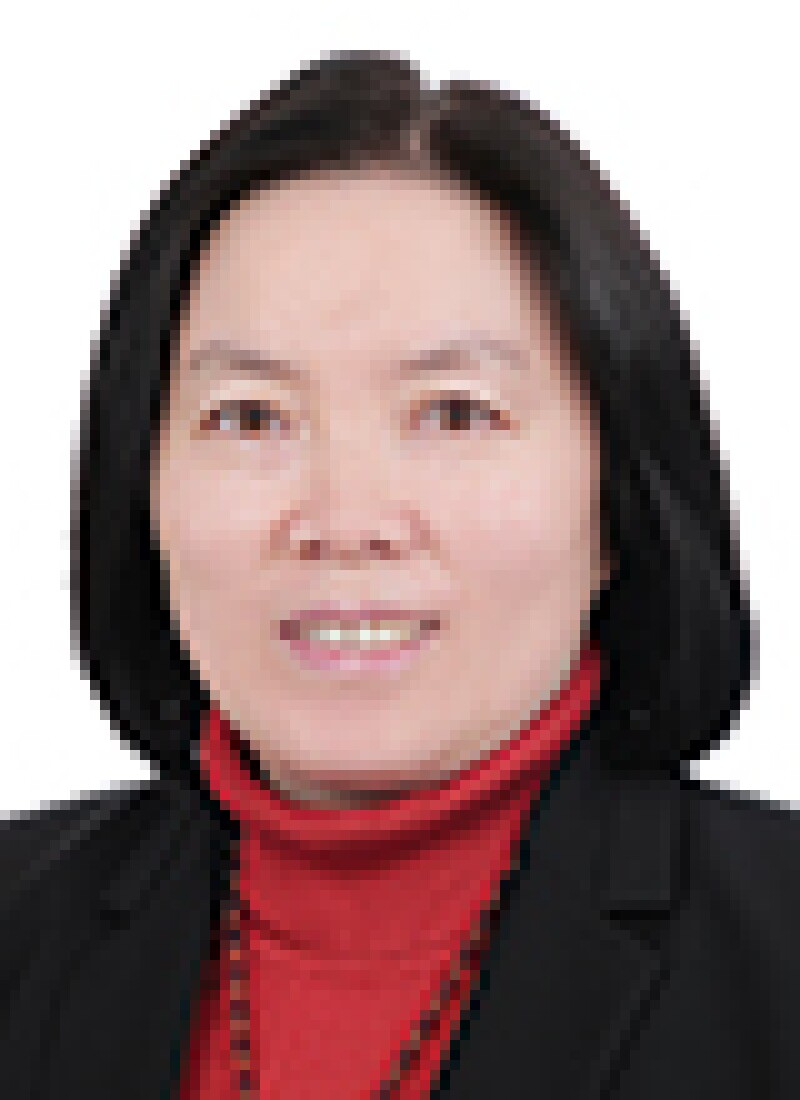
|
|
Xia Zheng is president and founder of AFD China and a patent attorney, trade mark attorney and attorney at law. She started her career in IP in 1987 and has been actively involved in many areas of the field, especially IP strategy, prosecution, post-grant proceedings and IP-related litigation. Zheng obtained an MSc from the University of Illinois, a MEn from SINOPEC Research Institute of Petroleum Processing and a Master's degree in intellectual property law from Franklin Pierce Law Center, University of New Hampshire. She also holds several diplomas from legal training programmes. Zheng participates actively in the industry and was named an IP Star of 2015, Beijing Outstanding Patent Attorney of 2014, an Excellent Legal Professional of Haidian in 2012 and an Excellent Patent Professional of CAS in 1997. She was honoured for her contribution to the Chinese patent and IP industries in 2010. She was also elected as a director of the All China Patent Agent Association and the Beijing Patent Attorneys Association. She is also a member of All-China Lawyers Association, AIPPI, INTA, AIPLA and LES. |
Mengmeng Yu |
||

|
|
Mengmeng Yu is an associate with AFD China. She is a patent attorney and a registered plant variety rights agent. She focuses her practice on IP prosecution, counselling and search and analysis. Her patent practice concentrates on a diverse portfolio of technologies in the life sciences and biotechnological fields. Her role in the firm also includes acting as a client and media liaison to maintain supportive partnerships with overseas clients, and arrange media exposure and publicity. Dr Yu holds a doctorate in Biotechnology and a BEng in food science. She used to work as a visiting scholar at the Beltsville Agricultural Research Centre of the US Department of Agriculture, where she was trained as a chemical analyst between 2009 and 2010. |
